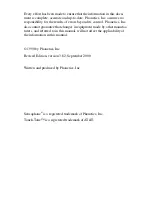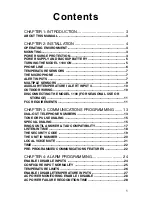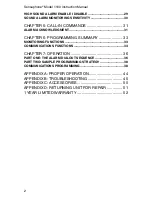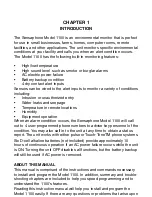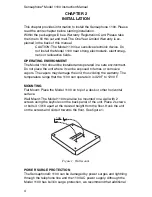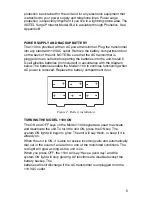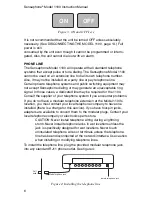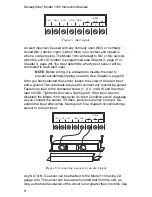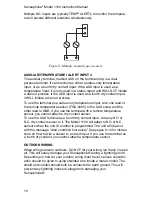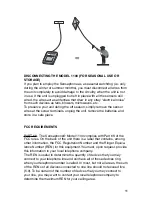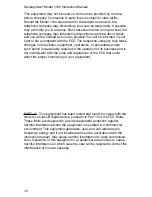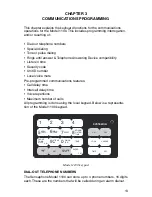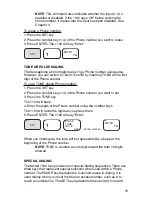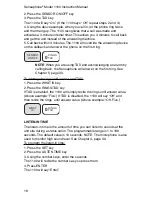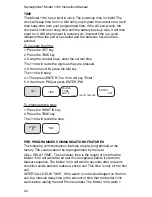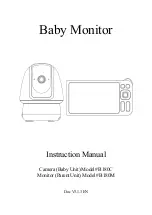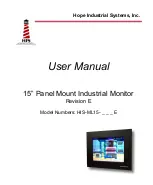
9
wire appropriate for the application. Do not use sensors, switches, or
relays that supply any voltage or current to the Model 1100.
NOTE
: Be aware of where you are placing the wires that lead
from the sensors to the unit. Avoid running the wires near
electrical devices that use high voltage or current such as
motors, heavy machinery etc. This voltage may be inductively
coupled into the sensor wiring and could result in damage to the
Sensaphone’s circuitry. Try to place wires at least 6 inches from
other electrical wiring or devices.
MULTIPLE SENSORS
The Model 1100 may have more than one sensor connected to the same
alert input. However, the normal condition for each sensor on the same
alert input must be identical (either all NO, or all N.C.).
To wire more than one normally closed sensor on one input, they must
be connected in series. Connect one lead from the first sensor to the
numbered screw of the alert input. Next, take the other lead from the first
sensor and connect it to one lead from the next sensor. Continue con-
necting sensors end-to-end until you have connected all of your sensors.
Take the second lead from the last sensor and connect it to the ground
screw on the Sensaphone. See Figure 7. Multiple N.C. inputs are typically
magnetic reed switches to monitor the security of windows and doors.
Multiple normally closed
sensors wired in series
Alert occurs when a
switch is opened
Figure 7: Multiple normally closed sensors
To wire several normally open sensors to one alert input, connect them in
parallel. To do this, take one lead from each sensor and attach it to the
numbered terminal. Then, fake the second lead from each sensor and
attach each to the corresponding ground screw. See Figure 8.


